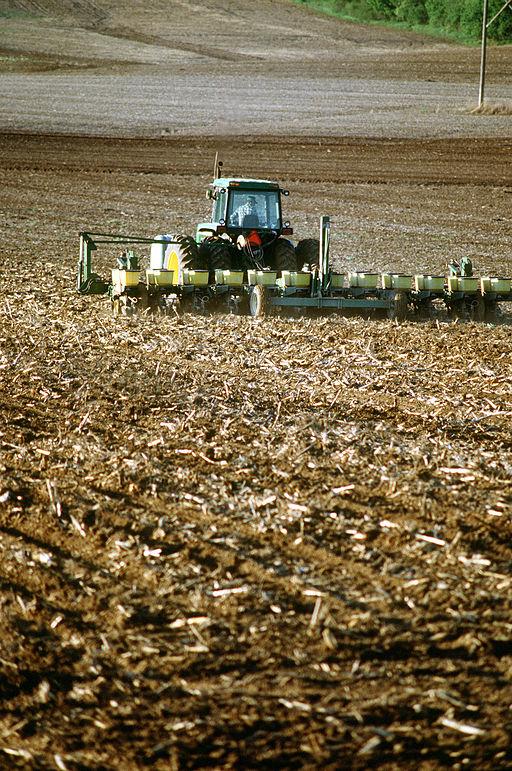By Kathleen Hennessey
WASHINGTON — The Obama administration will set up 10 centers around the country to help farmers and ranchers adjust to the increasing frequency of severe weather and other risks associated with climate change.
Agriculture Secretary Tom Vilsack announced the sites Wednesday, saying the goal was to help the agriculture industry adjust to new conditions, including extended fire seasons, invasive pests, flooding and drought.
“It’s a reflection of the changing weather patterns that will indeed impact and affect crop production, livestock production,” Vilsack told reporters. The new “climate hubs,” he said, will help producers take steps to “mitigate the impacts and effects of climate change as well as adapt to new ways of agriculture.”
The hubs will be in Ames, Iowa; Corvallis, Ore.; Durham, N.H.; El Reno, Okla.; Fort Collins, Colo.; Las Cruces, N.M.; and Raleigh, N.C. Three “sub-hubs” focusing on narrower issues related to specific crops will be in Davis, Calif.; Houghton, Mich.; and Rio Piedras, Puerto Rico.
Vilsack said Davis, in a rain-parched state, would research the effects of drought.
The sites were chosen in a competition organized by the U.S. Department of Agriculture, officials said.
The centers will link agriculture producers with universities, industry groups, state governments and federal agencies, such as the Interior Department and the National Oceanic and Atmospheric Administration. They will conduct risk analysis on crop production, identify ways farmers and ranchers are vulnerable to swings in the climate, and recommend new seeds or techniques to limit the damage.
Officials had no precise price tag for the hubs. Vilsack said the effort would largely involve reorganizing existing employees and resources, “charging them with a new responsibility.” The work will be in addition to $120 million set aside for climate-related research in the newly passed farm bill, he said.
President Barack Obama unveiled the climate hub program last summer as part of his plan to address global warming. Administration officials said there was clear evidence that climate change already was affecting agriculture. The growing season in the Midwest is almost two weeks longer than it was in 1950, and fire season is two months longer than it was 30 years ago, according to the USDA.
———
©2014 Tribune Co.
Visit Tribune Co. at www.latimes.com
Distributed by MCT Information Services



